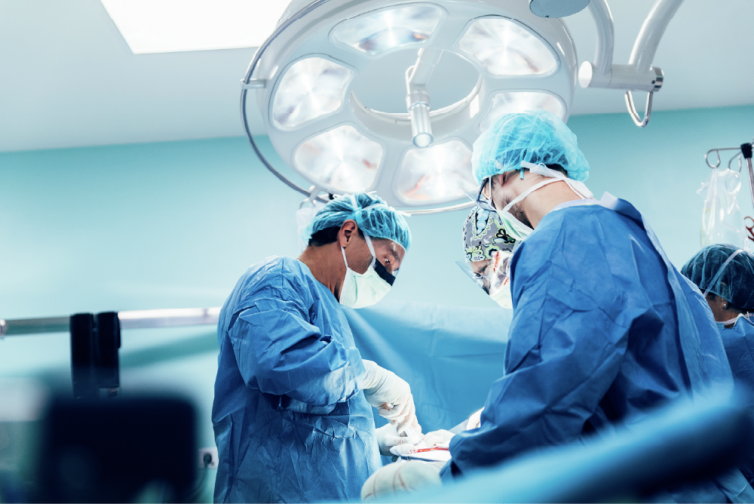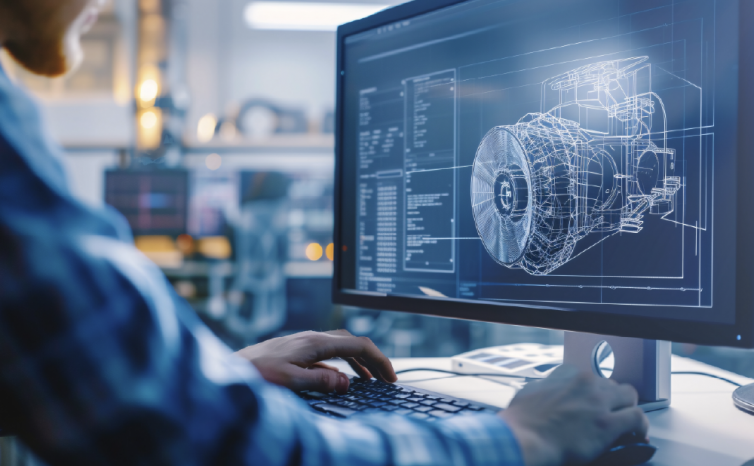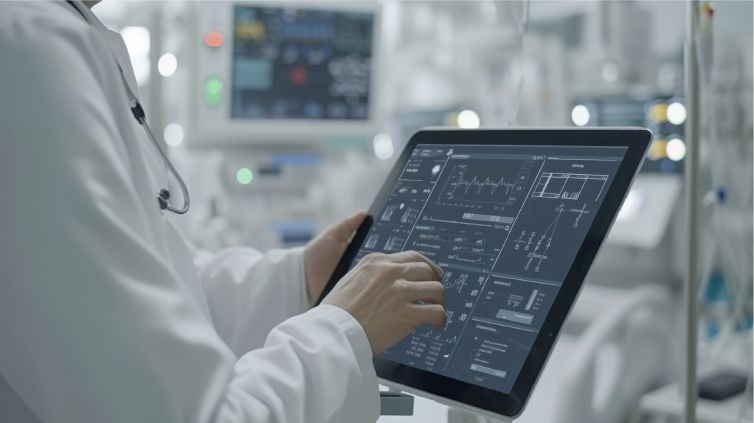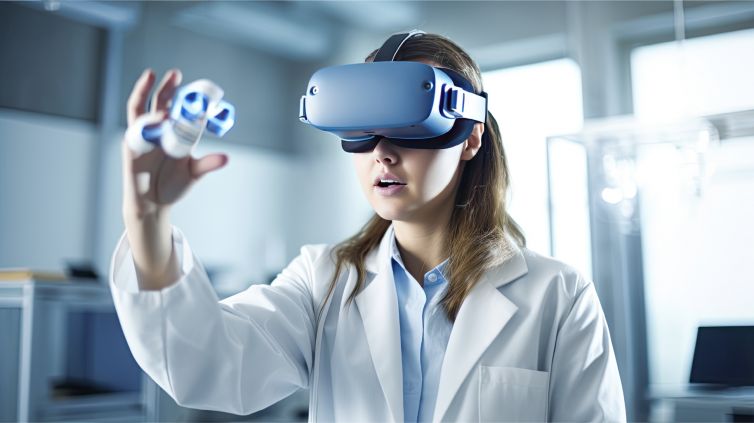For three decades, BlackHägen Design has provided an integrated approach to research and development, focusing on mission and safety-critical devices, including Class I, II, and III medical devices. We provide suitable R&D support to entrepreneurs and start-up entities through to Fortune 100, multi-national and government-sponsored corporations.
Services may be specific such as Conceptual Design, Feasibility Engineering, or Usability Testing, or turn-key from product definition through to pilot-production and validation. Our internal Quality System is designed to support regulated industries such as medical device development, conforming to FDA’s Quality System Regulation (QSR) and ISO 13485. We are periodically audited by Fortune 50 medical device manufacturers to ensure adequate compliance to the client’s QMS and are on the Approved Supplier List for many of the top 20 corporations.
Problem definition is the key to problem solving. Our Discovery phase utilizes expertise in contextual inquiry, visually communicating insights and translating analyses into actionable requirements.
Achieving an appropriate aesthetic harmonized with brand language requires rigorous design research, creative problem solving and inspired form development, tempered by a pragmatic process and informed through collaborative human factors engineering. Systems architecture and software requirements are created at this time.
The Design Development phase creates and converges disparate concepts into a singular design direction based on an appropriate balance of formative usability testing, systems engineering and DFx – Design for X (Manufacture, Assembly, Service, etc.). The 3D design is developed at the assembly level and interprets the conceptual intent while establishing the Bill of Materials, internal component layout, materials and process specifications. Electronic schematics and software specifications are integrated into the system-level design. User interface features are confirmed through mockups, prototyping and formative usability studies.
In the Implementation phase, the design assembly is detailed in CAD at the sub-assembly, part and feature level. Methods of assembly, test and servicing are determined at this time and materials and processes confirmed. Electronic board layouts and functional brassboard testing is performed prior to full mechanical integration. Embedded and application software code is developed and pre-tested on emulators and brassboards. The design intent and specification is finalized by iterating prototypes and summative usability validation, per our client’s Design Controls process.
Problem definition is the key to problem solving. Our Discovery phase utilizes expertise in contextual inquiry, visually communicating insights and translating analysis into actionable requirements.
Achieving an appropriate aesthetic harmonized with brand language requires rigorous design research, creative problem solving and inspired form development tempered by a pragmatic process and informed through collaborative human factors engineering.
The Design Development phase initially converges alternative concepts into a singular design direction based on an appropriate balance of formative usability testing, systems engineering and DFx – Design for X (Manufacture, Assembly, Service, etc.). The 3D design is developed at the assembly level and interprets the conceptual intent while establishing the Bill of Materials, internal component layout and specifications. User interface features are confirmed through prototyping and formative usability studies.
Conducting relevant research with all intended end-users at project inception is vital to fully understand market requirements, operational safety, and functional specifications. BH identifies and interviews all user groups to better understand the entire workflow spectrum, ensuring a holistic approach to defining design inputs, evaluating performance criteria that ultimately drive successful product validation.
The industrial design process considers and integrates system-level architecture into a variety of mechanical concepts to explore the best-balanced solution that addresses user-needs, while optimizing the workflow experience through intuitive functionality, passionate aesthetics, and pragmatic efficiency. At BH, our designers are experienced in defining the best approach to mechanical layout, materials, finish, and methods of assembly that ensure ease of use, service, manufacture, and sustainability at the lowest unit cost.
Superior user-experience relies on the successful integration of industrial and UI design, whereby all aspects of the user interface are thoughtfully and elegantly executed, resulting in efficient and accurate device operation. BH’s UI designers work closely with their ID and systems/software teams to embrace advanced technologies and control features that are logical, attractive, reliable, and highly efficient.
BH’s design engineering team work closely with human factors and user-experience members to fully understand the product vision as interpreted through powerful user-studies, respecting evolving innovation and product differentiation strategies. The combined team balance all desired project goals to determine the best system solutions that will ultimately drive the success of the product in its defined market.
BH’s comprehensive HFE toolbox enables project teams to apply appropriate levels of usability oversight throughout the design and development process to ensure user needs and use-safety measures are integrated into end-product design. By integrating an iterative, cost-effective strategy from the earliest phases of design, culminating with a rigorous summative validation, we provide a quality-compliant process that demonstrates use-related safety and yields a superior commercial design.




